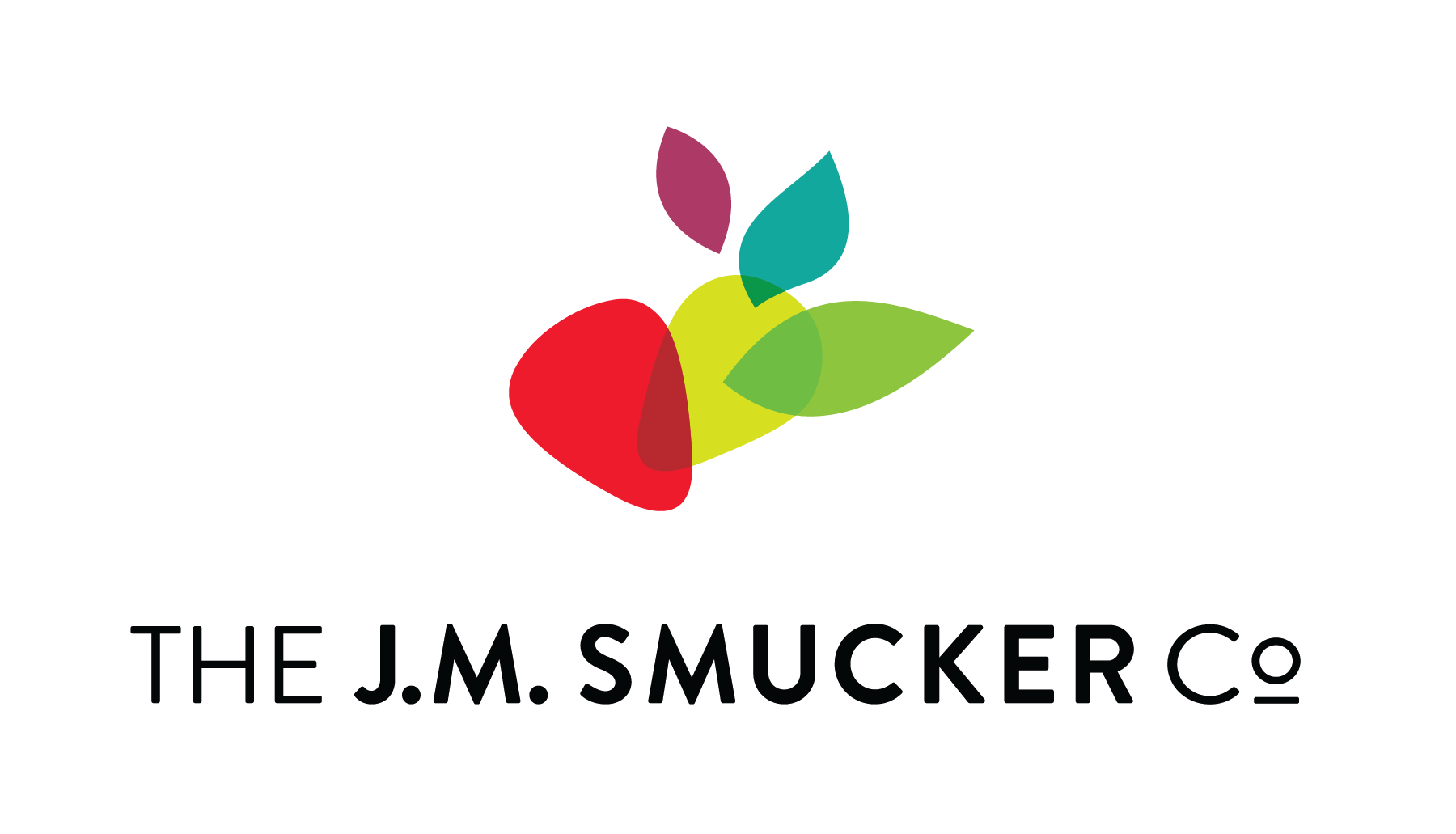Our J.M. Smucker Co. Pollinator Garden
Our Pollinator Garden was developed and is maintained by Smucker employees. It provides a wild, but thoughtful, space to support pollinators with plant species chosen for the garden to protect, feed, and provide shelter for our native pollinators.
In Summer of 2025, the garden was enhanced through the arts with the installation of a sculpture. The sculpture, ideated and sponsored by the Smucker Corporate Sustainability Team and their partners in conservation, Pollinator Partnership, was designed and built by Michael Marras.
Spotlight on the Artist
Michael Marras is an Akron-based sculpture artist who has been working primarily in the metal medium since 2010. During his tenure as an artist working in Akron, Michael has created and installed seven public sculptures in Northeast Ohio. His portfolio consists of over 80 metal sculptures.
Some of Michael’s previous works are also tied to the natural environment across Northeast Ohio. He was commissioned to create three sculptures along the Cuyahoga River to commemorate the revitalization of the river after the 1969 Cuyahoga River Fire. Michael has always enjoyed creating sculpture that reflects nature, highlighting the impact we have on the natural environments we live in.
The main challenge of this sculpture for the artist was its scale, as sweat bees are small compared to most flowers. Michael went through a few designs during the process and landed on the perfect scale to best represent the sweat bee among native flowers. He stated that working with The J.M. Smucker Co. and Pollinator Partnership was by far his best public sculpture experience, as the team guided the native flower species selection process, providing helpful background information and reference images that allowed him to create this unique piece.
Bringing the Arts and Our Conservation Partners Together
The health and sustainability of our food systems, ecosystems, and economies rely on the tiny heroes of the landscape that buzz, flit, and flutter around our homes, gardens, farms, and other spaces. They often go unnoticed and underappreciated as they carry out critical functions, like pollination of crops and other flowers, predation of pests, and support of food webs. Just as we rely upon pollinators to sustain our way of life, they too depend on us for their survival. Without safe, nutritious, diverse habitats that support their full life cycles (food, shelter, reproduction, etc.) these wild friends and pillars of our ecosystems would disappear.
Luckily, each one of us has the power to make a tangible impact through our actions at home, at work, and within our communities. The J.M. Smucker Co. Pollinator Garden is bursting with life thanks to the wide variety of native Ohio wildflowers that were thoughtfully incorporated. They provide spring, summer, and fall blooms of all shapes, colors, and sizes; butterfly and moth host plants; and shelter for wildlife all year long. The sculpture shines a spotlight on some of the plants and animals that you’ll find while exploring this pollinator paradise.
As visitors wander the garden, they can find grey-headed coneflower (Ratibida pinnata), smooth blue aster (Symphyotrichum laeve), Culver’s root (Veronicastrum virginicum), royal catchfly (Silene regia), and eastern purple coneflower (Echinacea purpurea), all of which are types of flowers featured in the sculpture. Depending on the time of year, you might also see a variety of hardworking pollinators, like the eye-catching green metallic sweat bee that’s feeding on grey-headed coneflower in this sculpture. Of the more than 500 species of bees that can be found in Ohio, approximately 123 belong to the Family Halictidae (commonly known as sweat bees), with around nine of these species looking like metallic green flying jewels. This garden has been a labor of love for Smucker employee volunteers, and we couldn’t think of a better representative of the gloriously sweaty summer weeding parties that help maintain this space than this bee.
Want to enhance a pollinator habitat at your home? Here are a few tips:
- Remove invasive species in your landscape design.
- Add native plants to your landscape. No need to start from scratch! Just add a few and work them into your existing design!
- Provide for butterflies and bees all year by having spring, summer, and fall blooming plants in your yard.
- Add variety! Garden with flowers that have different shapes, sizes, and colors to support a variety of pollinators.
- Plant butterfly host plants! The adults may lay their eggs on them, and you can watch the wondrous transformation of caterpillar to butterfly!
- Reduce or eliminate pesticide use whenever and wherever possible.
To learn more and discover a virtual treasure trove of excellent habitat planning programs and resources, visit pollinator.org and download the iNaturalist app. Visitors of the site are encouraged to post pictures and observations made in our garden to The J.M. Smucker Company Community Science Project within the app.

